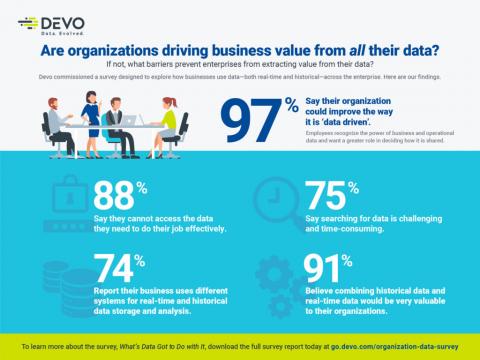Improving Threat Detection through Managed Security Service Providers (MSSPs)
Cybersecurity is a growing concern as breaches continue to increase in frequency and make headline news. Unfortunately, due to time and other constraints, many smaller businesses postpone the complicated task of risk management, only to eventually succumb to the devastating ramifications of a cyberattack. While the security solutions themselves appear complicated, the ability to mitigate risk is within reach of all.







